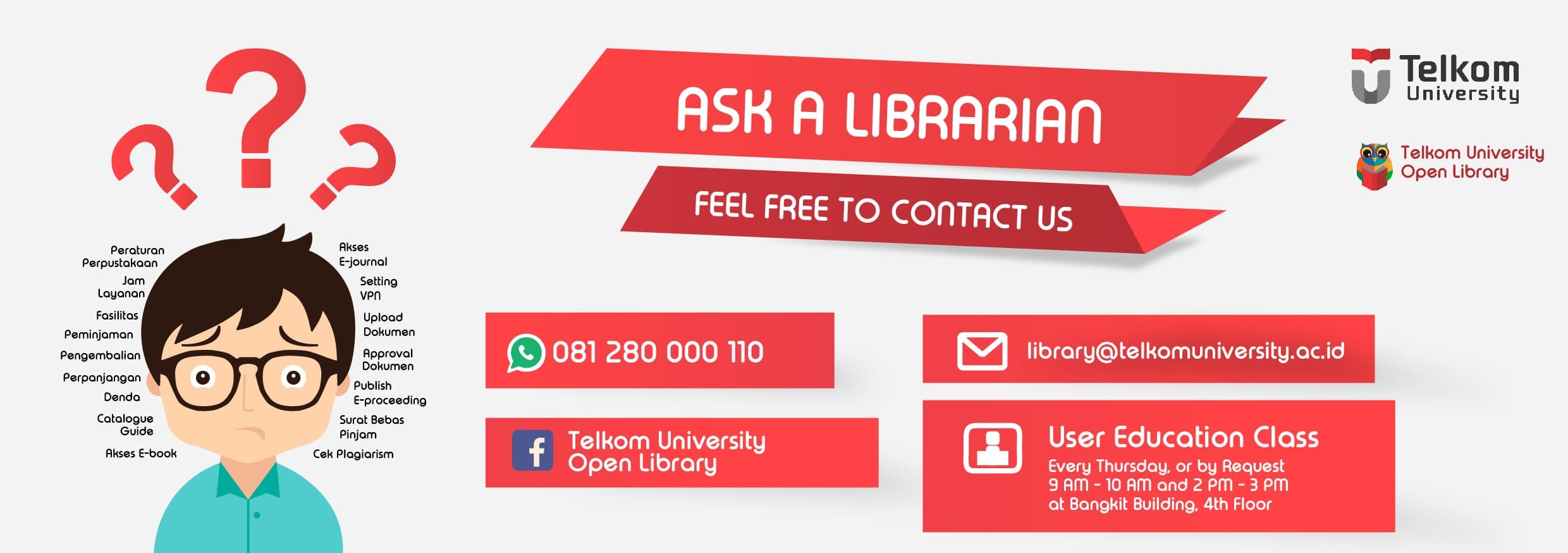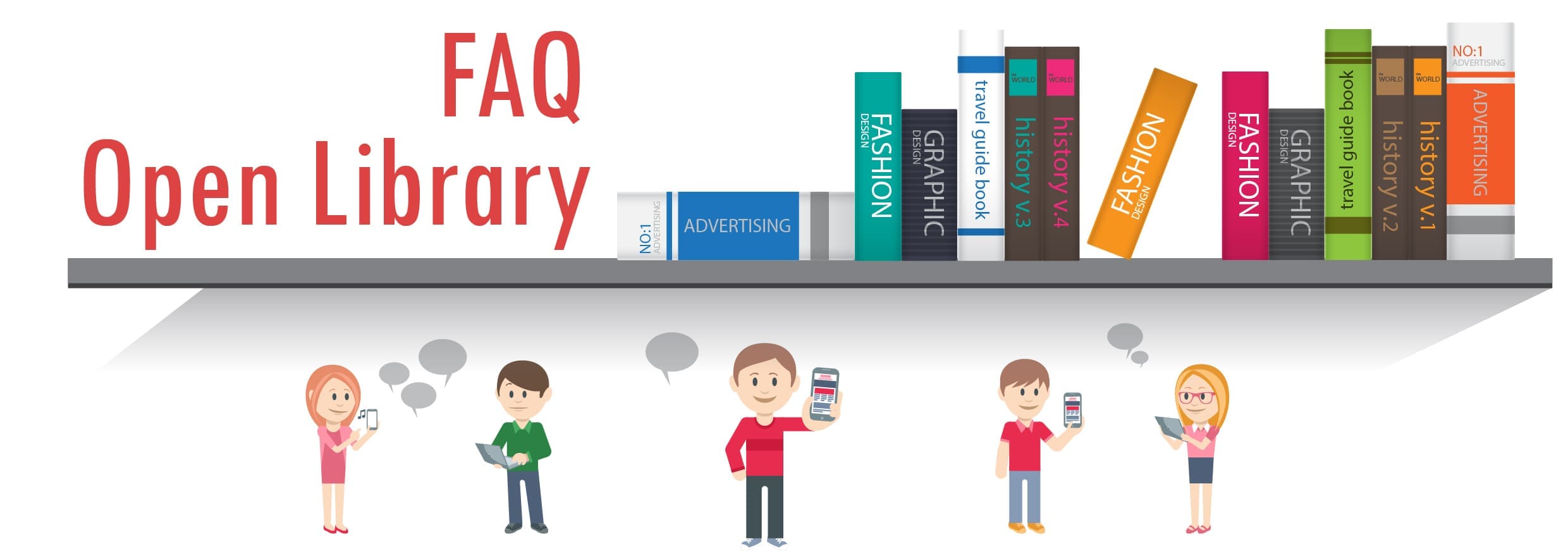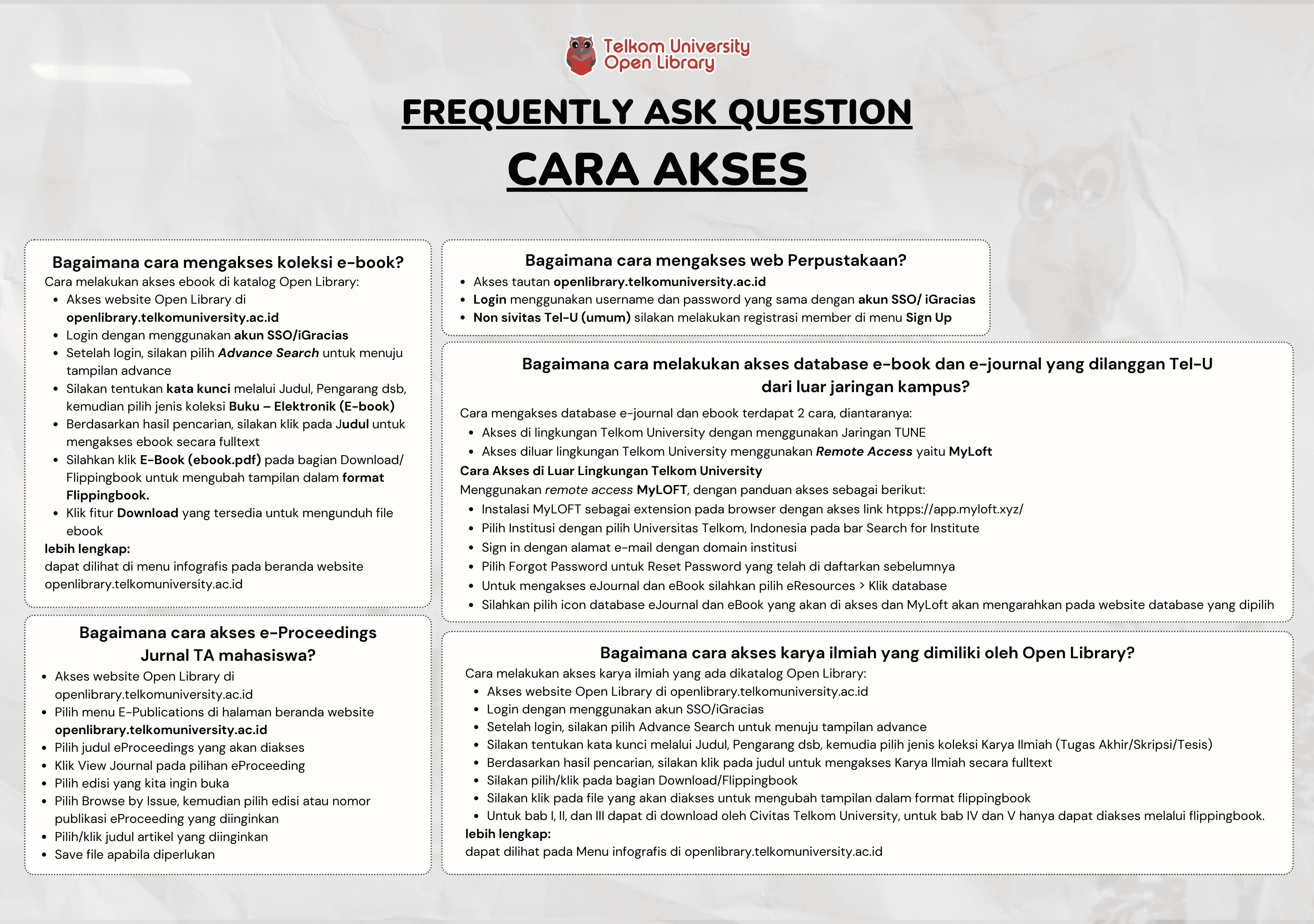Automation and its macroeconomic consequences theory, evidence, and social impacts
David E. Bloom, Klaus Prettne

Informasi Umum
Kode
20.21.1417
Klasifikasi
339 - Macroeconomics and related topics
Jenis
Buku - Elektronik (E-Book)
Subjek
Macroeconomics
No. Rak
Dilihat
185 kali
Informasi Lainnya
Abstraksi
The crucial question to ask in the age of automation is whether this time will be different (Ford, 2015). Industrial robots, 3D printers, and devices based on machine learning are not only increasing labor productivity and thereby allowing workers to produce more output with less labor input, but are also performing their tasks with full autonomy—i.e., they are replacing workers altogether. For example, while the assembly line raised the productivity of those workers who were still required to staff the lines in factories (and thereby their wages), an industrial robot does not require direct labor input and thus replaces workers without raising their productivity (see Growiec, 2019 for a discussion of the important distinctions among mechanization, automation, and artificial intelligence (AI)). To what extent this difference between machines’ historical effects and robots’ contemporaneous effects changes the likely outcomes of technological progress in the future remains an open and highly important question.
While the potential economic effects of automation frighten many, other ramifications of an automated future will potentially redefine the patterns and rules by which we live together as a society.
- EBI1C3 - EKONOMI
- KBI1C3 - EKONOMI
- EAI1C3 - EKONOMI
- EBI1C3 - EKONOMI
- EBI4D3 - EKONOMI DIGITAL
- EBI4D3 - EKONOMI DIGITAL
- EBI3S4 - EKONOMI KREATIF
- EBI2A3 - EKONOMI MANAJERIAL
- TUI3C2 - EKONOMI TEKNIK
- IEI2I2 - EKONOMI TEKNIK
- TUI3C2 - EKONOMI TEKNIK
- TUI3C2 - EKONOMI TEKNIK
- DDK1IAB2 - Ekonomi Digital
- DAK1CAB4 - Ekonomi
- DBK3AAB3 - EKONOMI
Koleksi & Sirkulasi
Tersedia 1 dari total 1 Koleksi
Anda harus log in untuk mengakses flippingbook
Pengarang
| Nama | David E. Bloom, Klaus Prettne |
| Jenis | Perorangan |
| Penyunting | |
| Penerjemah |
Penerbit
| Nama | Academic Press |
| Kota | London |
| Tahun | 2020 |
Sirkulasi
| Harga sewa | IDR 0,00 |
| Denda harian | IDR 0,00 |
| Jenis | Non-Sirkulasi |



















